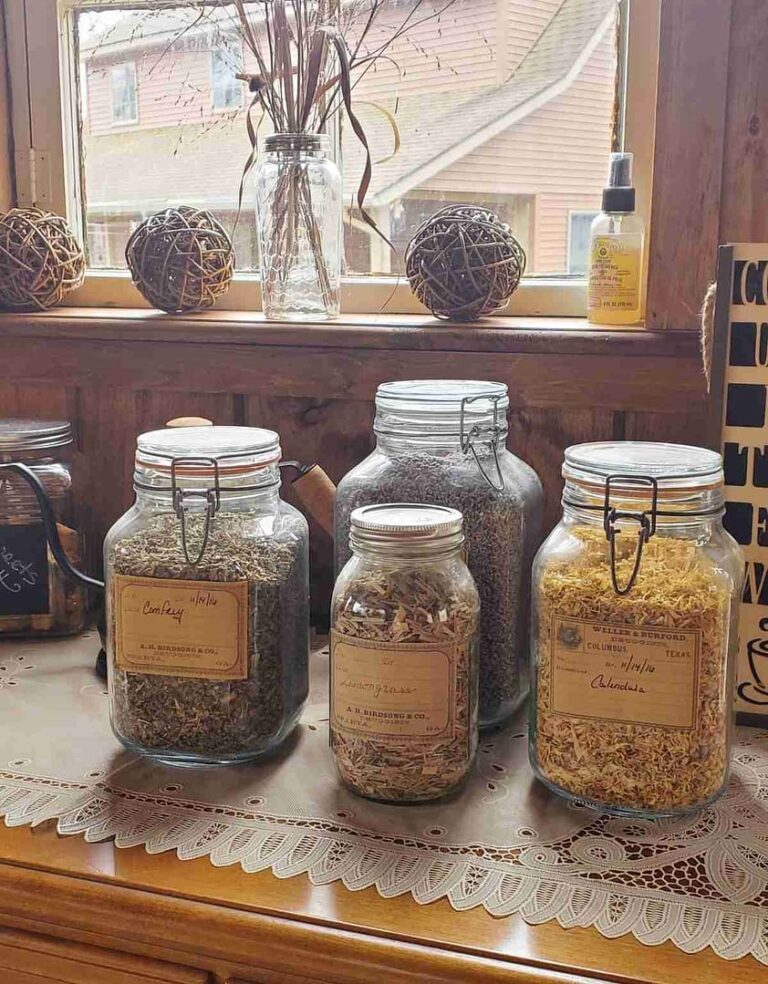When putting together my herbal first aid kit as a novice herbalist, I focused on adding a variety of herbs that could address a wide range of common health concerns. Here is a list of essential herbs and supplies I relied on:
Calendula: Excellent for its healing properties, especially on cuts, scrapes and burns due to its anti-inflammatory and antiseptic properties.
Lavender: A versatile herb, used not only for its soothing scent, but also to treat anxiety, sleep disorders, minor burns and insect bites.
Chamomile: Known for its calming effects, it is great for stress management, promoting sleep and soothing digestive problems.
Echinacea: An immune booster, ideal for preventing and treating colds.
Peppermint: Effective for headaches, nausea and digestive problems.
Aloe Vera: A must-have for skin care, especially for sunburn, cuts and irritations.
Plantain: This common weed is surprisingly effective for its healing properties on skin irritations and bites.
Elderberry: Widely recognized for its immune-boosting properties, especially in preventing and treating colds and flu.
Yarrow: Known for its ability to stop bleeding and heal wounds, it is a valuable addition to any first aid kit.
Mullein: Particularly useful for respiratory problems and ear infections.
Comfrey: Excellent for healing bruises, sprains and broken bones (for external use only).
Basic supplies: Includes bandages, cotton wool, scissors, tweezers and containers for storing remedies.
Each of these herbs was chosen not only for their medicinal properties, but also because they are relatively easy to grow or forage. They offer an extensive range of natural remedies for common ailments, making my herbal first aid kit a cornerstone of my family’s healthcare.

